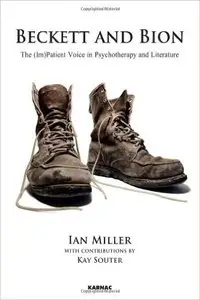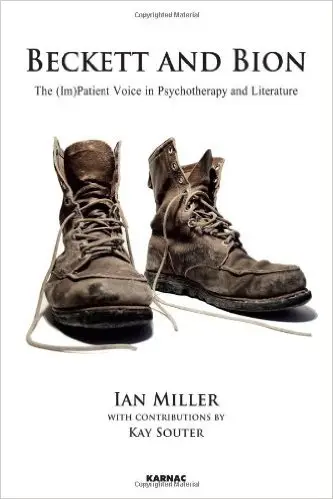Ian Miller, Kay Souter, "Beckett and Bion: The (Im)Patient Voice in Psychotherapy and Literature"
English | 2013 | ISBN: 1780491476 | 256 pages | PDF | 1.4 MB
English | 2013 | ISBN: 1780491476 | 256 pages | PDF | 1.4 MB
This book focuses on Samuel Beckett’s psychoanalytic psychotherapy with W. R. Bion as a central aspect both of Beckett’s and Bion’s radical transformations of literature and psychoanalysis. The recent publication of Beckett’s correspondence during the period of his psychotherapy with Bion provides a starting place for an imaginative reconstruction of this psychotherapy, culminating with Bion’s famous invitation to his patient to dinner and a lecture by C. G. Jung. Following from the course of this psychotherapy, Miller and Souter trace the development of Beckett’s radical use of clinical psychoanalytic method in his writing, suggesting the development within his characters of a literary-analytic working through of transference to an idealized auditor known by various names, apparently based on Bion. Miller and Souter link this pursuit to Beckett’s breakthrough from prose to drama, as the psychology of projective identification is transformed to physical enactment. They also locate Bion’s memory and re-working of his clinical contact with Beckett, who figures as the "patient zero" of Bion’s pioneering postmodern psychoanalytic clinical theories.
This reading of Beckett and Bion is not simply interpretive but a construction that has arisen from a very dynamic process, full of hypothesis and surprise. Far from negating other readings, it adds density to the textured understanding of these two brilliant thinkers, each formally in different lines of work but joined through what Bion himself might call a "reciprocal perception" of psychoanalysis. It is reciprocal because Beckett transformed psychoanalytic thinking into a literary genre while Bion transformed psychoanalytic thinking into process understanding. Each utilized the same object, but with different attentions to different ends. The structure of the book is divided into two parts. Part I begins with a biographical introduction of Beckett and includes a discussion of Beckett’s early metapsychological monograph, "Proust". It presents Beckett’s two years in psychotherapy, between 1934 and 193, and addresses the institutional contexts in which this psychotherapy took place, and also discusses of Wilfred Bion’s history and background. Part II addresses Beckett’s radical use of free association as a literary form and examines Beckett’s Novellas, the Trilogy, and his creative transition from prose to drama. It concludes with an exploration of Bion’s theoretical use of his work with Beckett.



